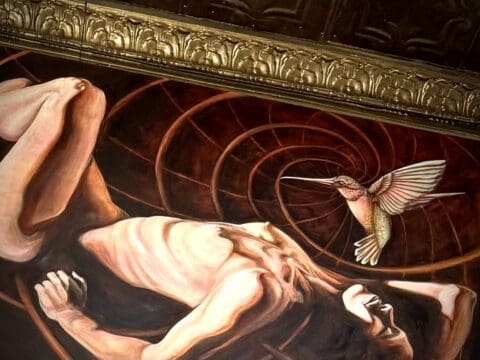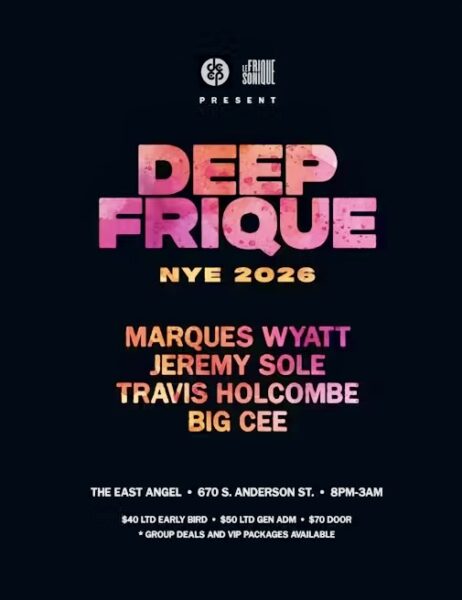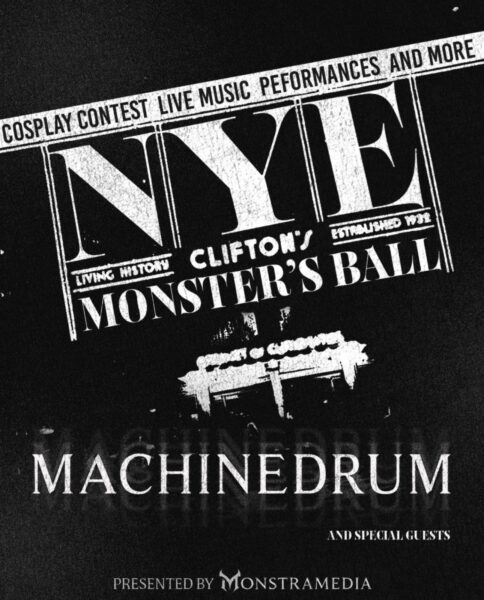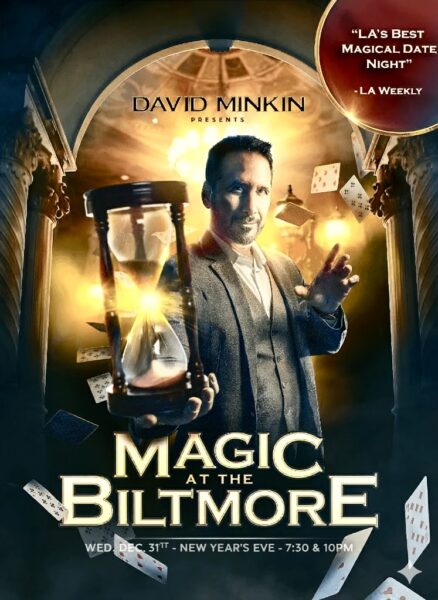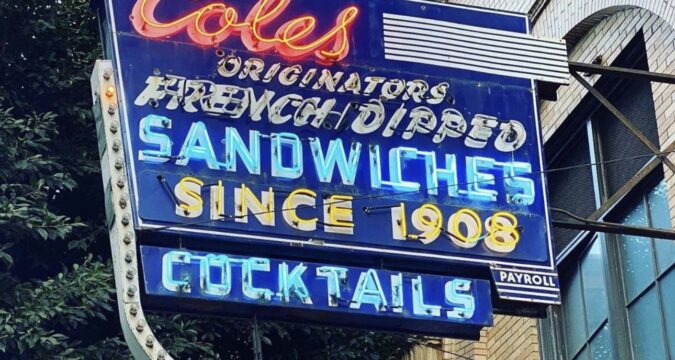
Downtown Los Angeles is bracing for the poignant farewell of another iconic local favorite. Cole’s French Dip, the beloved DTLA bar celebrated for its classic French dip sandwiches, meticulously crafted cocktails, and diverse selection of exotic craft beers, is set to close on August 2nd.
Owner Cedd Moses stated in a press release, “The litany of reasons for closing are not unique to Cole’s alone; they are affecting most independent restaurants in Los Angeles. The global pandemic, the actors and writers strikes, overall crime, as well as the consistently rising costs of labor and goods, unsustainably high rents and mounting bureaucracy and legal exposure have all led to this unfortunate outcome.”
The news, first broken by DT Weekly and subsequently amplified across online platforms by DTLA Insider, followed by LifesHacks, Esoteric, and soon, no doubt, many others, has sent ripples of sadness and nostalgia through the community, marking the end of an era for a place deeply woven into the fabric of the city’s history.
Fans are reacting with a profound sense of loss, a mix of cherished memories and concern for the continued vibrancy of the Historic Core. Many recall Cole’s as a unique blend of old-world charm and contemporary bar culture, often contrasting its cocktail program favorably against its venerable rival, Philippe’s.
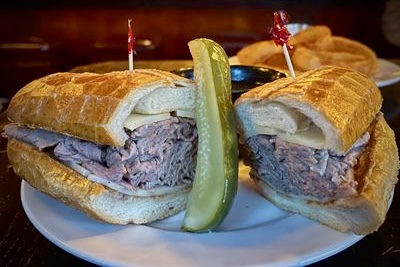
Photos courtesy Cole’s French Dip Sandwiches
Social media is alight with lamentations, from those mourning the perceived decline in recent years, leading to the closing of its inside speakeasy Varnish, to others simply regretting the departure of a place where one could enjoy a finely made Old Fashioned with their French Dip and taters. Blaming the closure on everything from COVID to local politician fumbles, the sentiment is clear: while the building may remain, another piece of DTLA’s soul is about to vanish.
A Century of History Within the Pacific Electric Building
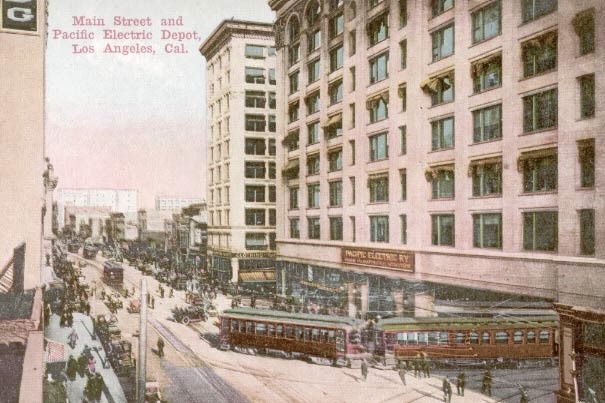
Cole’s story is inextricably linked to its grand home, the Pacific Electric Building. Opened in 1905, this architectural marvel served as the bustling main train station and headquarters for the vast Pacific Electric Railway – the iconic “Red Cars” that once crisscrossed Southern California. At its zenith, the building, designed by Thornton Fitzhugh in Beaux Arts and Richardsonian Romanesque styles, was a hub of activity, handling over 100,000 passengers daily. Opened in 1908, many travelers would venture down to Cole’s Pacific Electric Buffet to grab a bite upon arrival or when bound for departure.
Within these very walls, one of Los Angeles’s most enduring culinary legends was born: the French Dip sandwich. While the exact origins are debated with Philippe’s, Cole’s legend tells of a chef creating it for a customer needing softer bread, dipping the baguette in au jus – a simple innovation that became a timeless classic. Regardless, fans believe Cole’s should take the crown, as one commenter stated, “Cole’s was better because, let’s face it, you can’t drink an Old Fashion at Philippe’s.”
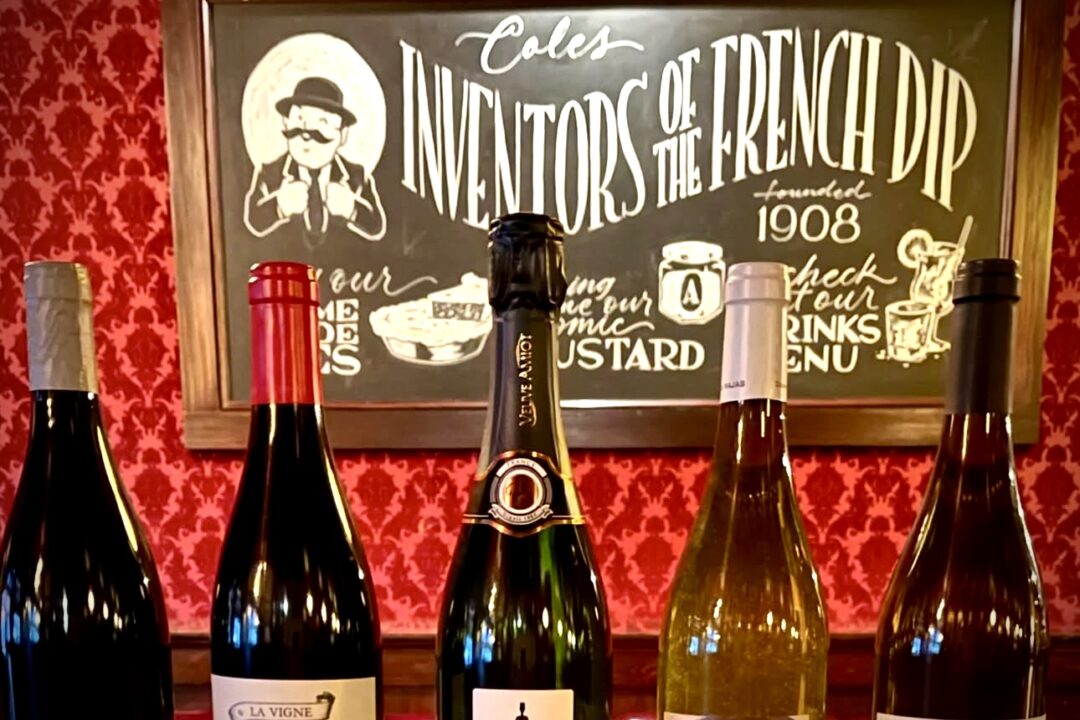
Photo courtesy Cole’s French Dip Sandwiches
Cole’s has witnessed over a century of profound change, weathering the Great Depression, two World Wars, and the tumultuous years of Prohibition (famously selling 19,000 gallons of beer on the day California repealed the ban in 1933). It outlasted the very railway system it served, which ceased operations in 1961. Despite the seismic shifts around it, Cole’s remarkably maintained continuous operation for nearly a century, preserving much of its original character. Its historical significance was formally recognized in 1974 when it was designated a Los Angeles Historic-Cultural Monument.
Ricki Kline’s Vision: A Respectful Restoration
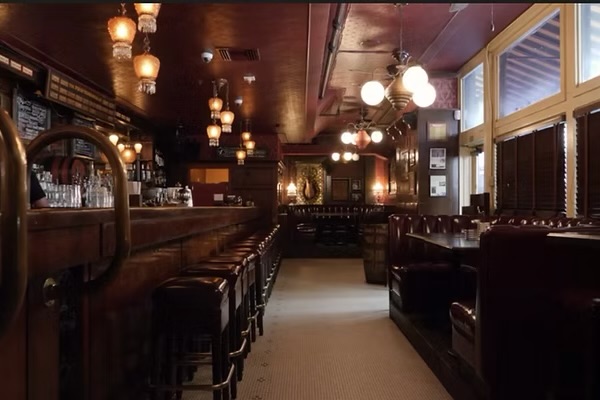
Photo courtesy Cole’s French Dip Sandwiches
In 2007, Cole’s closed its doors for the first time in its long history for a significant and sensitive restoration. This meticulous project was spearheaded by Cedd Moses’ Pouring With Heart (then 213 Hospitality), with the design expertise of Ricki Kline. Kline’s approach was one of profound respect for the existing history. Working alongside Kelly Architecture, the goal was not to reinvent but to lovingly restore, ensuring that the essence and original artifacts of the century-old space remained intact.
Kline’s design philosophy prioritized preservation. The most striking aspect of Cole’s interior is how much of the original 1908 public house was retained. This includes the distinctive original glass lighting fixtures that cast a warm, inviting glow, the classic penny tile floors, and the rich, dark wood paneling and the impressive, long bar. The walls are still adorned with vintage photographs of Los Angeles and the Pacific Electric Railway, adding layers of historical context. While the kitchen and back-of-house areas were completely modernized for efficiency, the public-facing bar and dining spaces were treated with a delicate touch, preserving their “old-fashioned feeling and grandeur.” This commitment to authenticity, allowing the natural patina of age to shine through, earned the restoration an Outstanding Achievement in Historic Preservation award from the Los Angeles Conservancy in 2009.
Beyond Cole’s: Ricki Kline’s “Hunter/Lodge” Signature
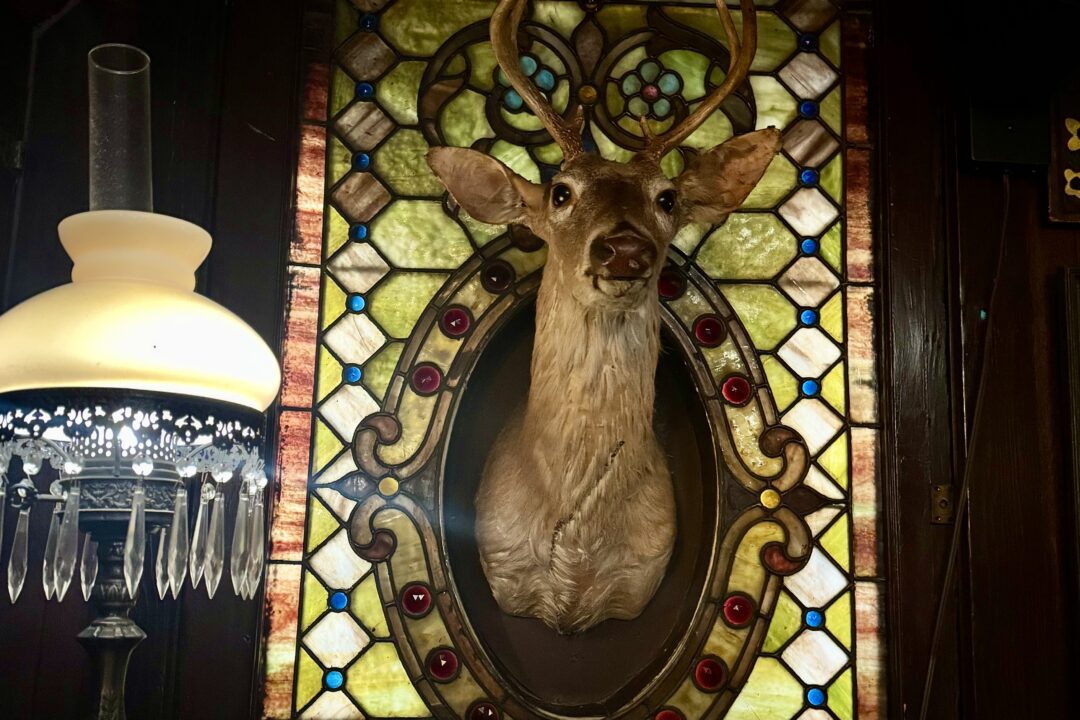
Photo by Keri Freeman for DT Weekly
Ricki Kline’s design influence extends beyond the meticulous preservation at Cole’s. He is renowned for creating unique, handcrafted venues with a strong narrative, a talent particularly evident in other Cedd Moses establishments, such as Seven Grand. While Cole’s was about restoring existing history, Seven Grand, which opened in 2007, allowed Kline to fully develop a distinct, recurring “hunter/lodge” aesthetic, embodying this style with its extensive taxidermy, featuring numerous animal heads (deer, boar) adorning the walls, creating an immediate impression of a sophisticated trophy room.
This purposeful masculine aesthetic, blending rustic charm with elegant detail, has become a signature of Kline’s work within the Pouring With Heart portfolio, showcasing Kline’s ability to craft new spaces that evoke a timeless, traditional feel.
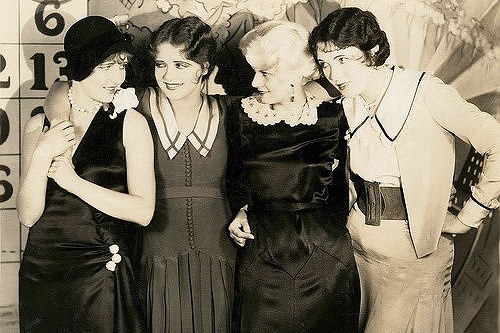
Photo courtesy Cole’s French Dip Sandwiches
As Cole’s prepares to close its doors, it leaves behind not just memories of delicious sandwiches and craft cocktails, but also a rich legacy as a living testament to Downtown’s past, a place where history, design, and community converged for over a century. While the final date looms, the community has vowed to fight for Cole’s until the very end with plans of a community-driven going-away party in the works, ensuring fans will have one last chance to raise a glass and bid a proper farewell to this iconic DTLA landmark.
![]()




